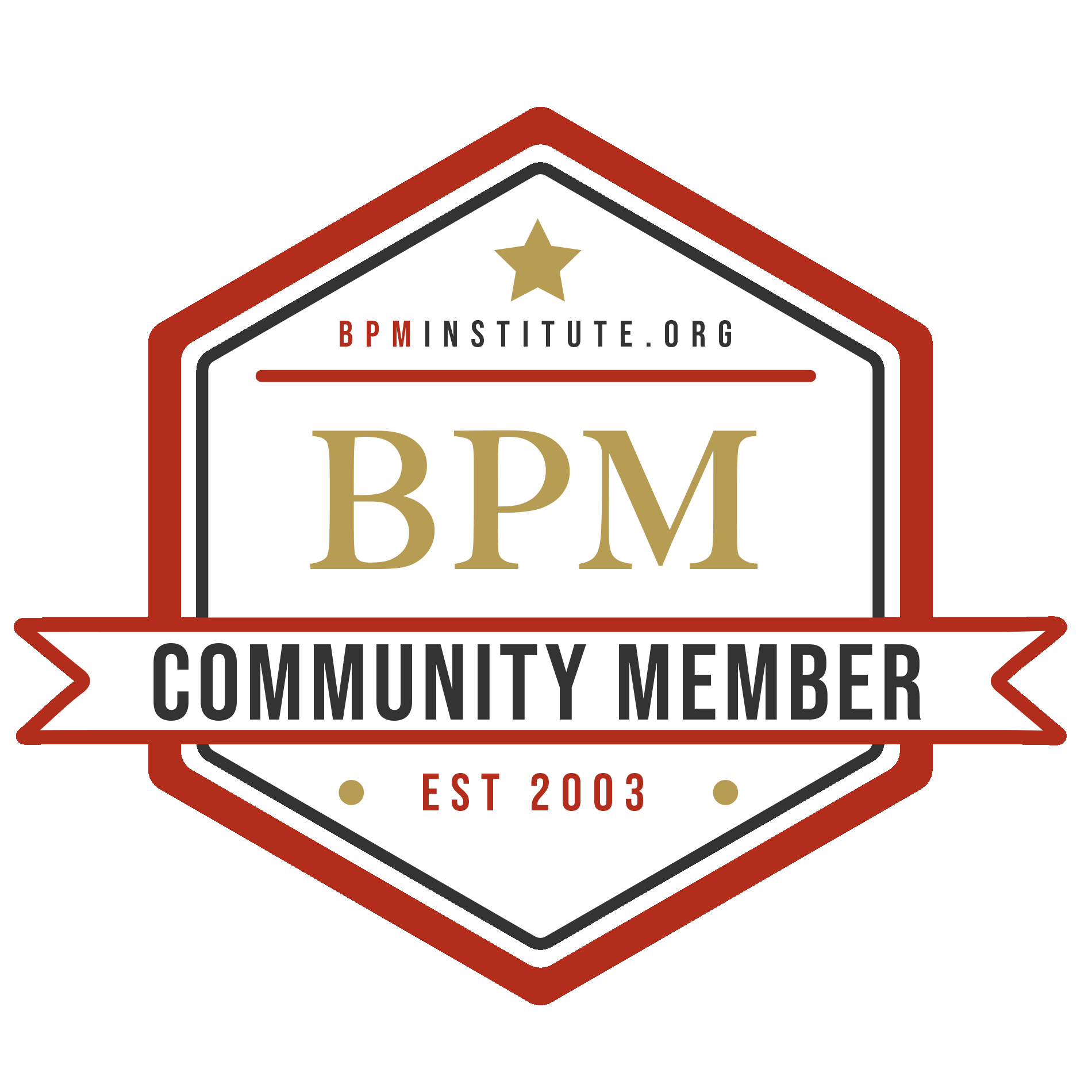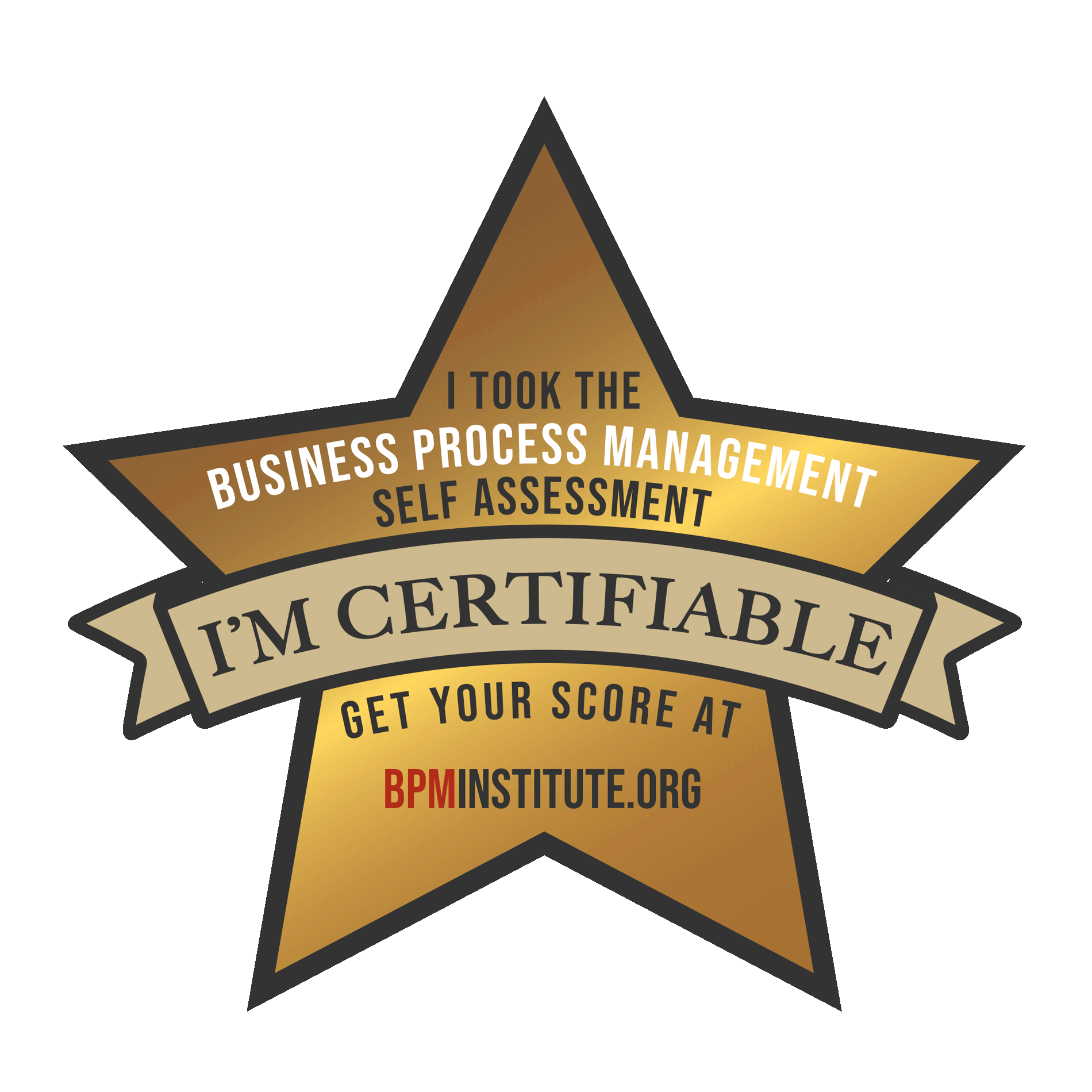More and more organizations are looking for ways to expedite capability mapping efforts – with limited success. Seeking shortcuts to establishing a robust baseline upon which to build business strategies and priorities, drive initiatives, target funding and drive IT architecture has delivered suboptimal results. With so much at stake and so many organizations seeking answers, I would like to say that there is a quick and easy approach to establishing capability maps and other foundational aspects of business architecture.

September 26, 2005

William Ulrich
Business Architecture (BA)
Articles by: William Ulrich
A Business Architecture Body of Knowledge
For a number of years business architecture was considered an art form, the domain of a handful of practitioners and consultants. Debates raged across standards groups and discussion boards over the use of capabilities versus value streams, the role of processes, governance and ownership, and where business architecture ended and IT architecture began. Endless discussion threads pitted one individual’s view against another, often ending in stalemate.
A Business Executive’s View of Business Architecture
Business architecture is a game changing discipline that allows a business to establish a common vocabulary, shared vision, and level of transparency that facilitates initiatives ranging from mergers and acquisitions to deployment of new strategic business models. Even as business architecture success stories emerge, the message has been slow to penetrate the executive suite. This article discusses why business executives should strongly consider business architecture as a way of overcoming many of the complex obstacles inherent in today’s dynamic business environment.
Defining the Business Capability – A Cheat Sheet
A business capability defines “what” a business does at its core. This differs from “how” things are done or where they are done. Business capabilities are the core of the business architecture(i). Before I go further, let me say that this is not an article on the importance of the business capability or capability mapping. If you have doubts about this, read some of the other posted articles or white papers on the topic to build your familiarity. This article is for those of you who already understand the value of business capability mapping and need to go to the next stage.
Capabilities & Value Streams: Business Architecture’s Essential Alliance
There is good news on the business architecture front. The level of discourse has elevated dramatically around how to effectively represent the business architecture. At the forefront of this discussion are two essential focal points: the business capability and the value stream. While certain camps have rallied around one or the other, transformative business architecture can only be achieved by incorporating both concepts into those efforts. A quick primer on business capability and the value stream puts our discussion into perspective.
Business Architecture: Status Quo or Game Changer?
We frequently debate the question of who owns business architecture, but this question hides a more fundamental issue that can dramatically impact the value proposition of business architecture. Motivation and intent will ultimately determine if business architecture is a “game changer” or just another management discipline delivering incremental improvements to the status quo.
What’s Up With Business Architecture Vendors?
Business architecture teams are making significant inroads by providing business executives with the organizational transparency required to diagnose and take on critical business challenges. As business architects continue to collect, organize, aggregate and visualize cross-functional, cross-disciplinary business knowledge, they require a business architecture knowledgebase.
Process Management Center of Excellence: Three Different Managerial Models
1. INTRODUCTION
Organizations have been searching different ways to improve their process performance. In search of excellence, some changes can be done in their managerial patterns and practices. As stated in my previous article [9], organizations have sought concepts and guidelines towards structuring a process center of excellence – PCE [3][5]. However, there is a need for choose which managerial model will guide the PCE design and implementation. This article presents three different managerial models.
The Business Architecture Ecosystem & Metamodel
Business architecture ties together a diverse ecosystem that represents your enterprise from a wide variety of perspectives. These include strategies, tactics and goals; business units; semantics and rules; capabilities, value chains and processes; projects and initiatives; and customers and suppliers. These business “artifacts”, along with the relationships among these artifacts, are the essence of business architecture. The complexity of most organizations is such that the business ecosystem cannot be readily visualized by the individuals managing and working within that ecosystem. By representing business artifacts in the business architecture metamodel, the ability to visualize complex business ecosystems becomes a reality.
The Essence of Business Architecture
There continues to be confusion over the practice of business architecture and the role of the business architect. One way to clear this up is to examine other forms of architecture and the related role of the architect. First, we should restate the industry definition.


























